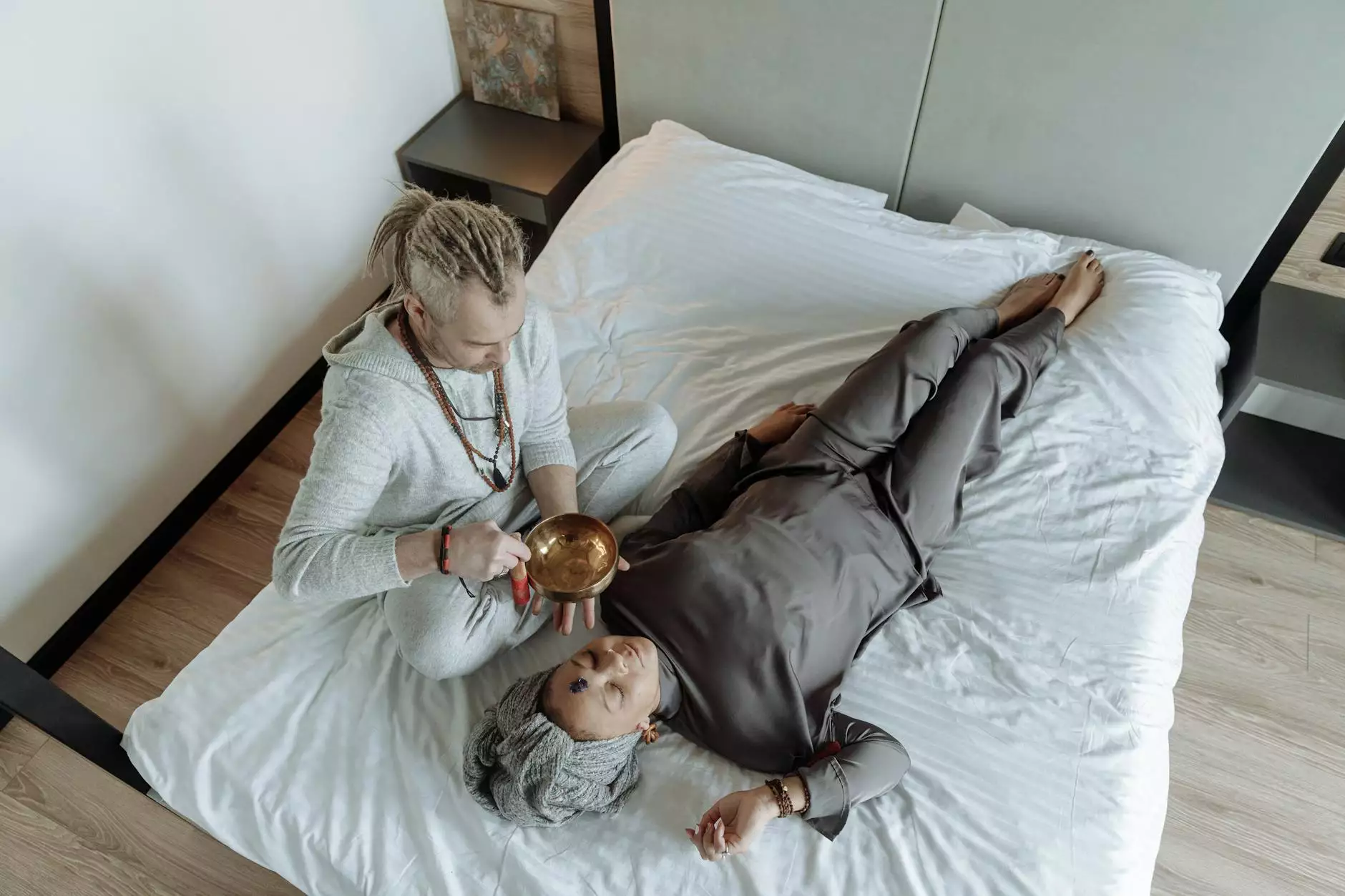Effective Treatment for Shoulder Internal Rotation Pain

Understanding Shoulder Internal Rotation Pain
Shoulder internal rotation pain is a common ailment that can significantly impact a person's quality of life. Often resulting from various activities, injuries, or degenerative conditions, this type of pain can arise due to musculoskeletal issues, such as rotator cuff injuries or shoulder impingement syndrome. It's crucial to understand these underlying issues to seek appropriate treatment.
Common Causes of Shoulder Internal Rotation Pain
There are numerous factors that can lead to shoulder internal rotation pain. Some of the most prevalent causes include:
- Rotator Cuff Injuries: These can occur due to physical activities that stress the shoulder joint, leading to inflammation and pain.
- Shoulder Impingement Syndrome: This condition arises when the rotator cuff tendons are compressed during arm lifting, often leading to pain during internal rotation.
- Overuse Injuries: Repetitive overhead activities increase the risk of developing pain due to muscle fatigue and strain.
- Injuries from Falls: A sudden impact or fall can lead to acute injuries affecting the shoulder's internal rotation capabilities.
- Arthritis: Degenerative changes in the shoulder joint can lead to pain during internal rotation, especially in older adults.
Symptoms Accompanying Shoulder Internal Rotation Pain
Individuals suffering from shoulder internal rotation pain may experience various symptoms. Recognizing these signs can aid in seeking timely treatment. Common symptoms include:
- Pain: A dull ache or sharp pain during shoulder movement.
- Stiffness: Limited range of motion, particularly in internal rotation.
- Weakness: Difficulty in performing daily activities that involve lifting or reaching.
- Swelling or Inflammation: Noticeable swelling around the shoulder joint.
- Crepitus: A grating sensation or sound when moving the shoulder joint.
Diagnosis of Shoulder Internal Rotation Pain
It's essential to diagnose the cause of shoulder internal rotation pain accurately. This usually involves a combination of:
- Medical History: Discussing previous injuries, symptoms onset, and daily activities with a healthcare practitioner.
- Physical Examination: Conducting strength tests, range-of-motion assessments, and examining the shoulder for tenderness and swelling.
- Imaging Studies: Utilizing X-rays, MRIs, or CT scans to visualize any structural issues in the shoulder joint.
Effective Treatments for Shoulder Internal Rotation Pain
Once a diagnosis has been established, several treatment options can help alleviate shoulder internal rotation pain:
1. Conservative Treatments
Most shoulder pain can be effectively managed with conservative treatments that include:
- Rest: Allowing time for the shoulder to heal by avoiding activities that provoke pain.
- Ice Therapy: Applying ice packs can help reduce pain and swelling.
- Physical Therapy: A specialized physical therapy program focusing on stretching and strengthening exercises is essential in restoring shoulder function.
- Anti-inflammatory Medications: Non-steroidal anti-inflammatory drugs (NSAIDs) can relieve pain and decrease inflammation.
2. Physical Therapy Techniques
Physical therapy plays a crucial role in the rehabilitation of shoulder pain. A physical therapist can suggest exercises tailored to:
- Improve Flexibility: Gentle stretching of the shoulder joint and surrounding musculature to enhance range of motion.
- Build Strength: Targeted strength training to support the shoulder stabilizers and reduce the risk of future injuries.
- Restore Function: Functional exercises that mimic daily activities to prepare the patient for a return to normal life.
3. Advanced Treatments
In cases where conservative methods fall short, advanced treatment options may be necessary:
- Corticosteroid Injections: These can provide temporary relief for inflammation and pain, helping the individual engage more effectively in rehabilitation.
- Platelet-Rich Plasma (PRP) Therapy: This innovative treatment involves using the patient's blood to promote healing in damaged tissues.
- Shoulder Surgery: In severe cases, surgical intervention may be necessary to repair any structural damage causing the pain.
Preventing Shoulder Internal Rotation Pain
Prevention is often the best treatment. Here are some practical tips for avoiding shoulder internal rotation pain:
- Maintain Good Posture: Proper alignment while sitting, standing, or lifting can help mitigate shoulder stress.
- Warm Up Before Activities: Engaging in proper warm-up exercises before physical activity is crucial in preventing injuries.
- Limit Repetitive Motion: Take frequent breaks during repetitive tasks to limit stress on the shoulder joint.
- Focus on Strength Training: Regularly incorporating shoulder-strengthening exercises into your fitness routine can help build resilience.
Conclusion
Proper management of shoulder internal rotation pain enhances an individual's quality of life, enabling them to engage freely in daily activities. Early diagnosis and intervention through a combination of physical therapy, preventive measures, and advanced treatment options create the best outcomes. If you are experiencing symptoms of shoulder internal rotation pain, do not hesitate to consult with healthcare professionals to receive personalized care and guidance.
For more information about effective treatments and health services, visit IAOM - your partner in health and wellness.
shoulder internal rotation pain treatment


